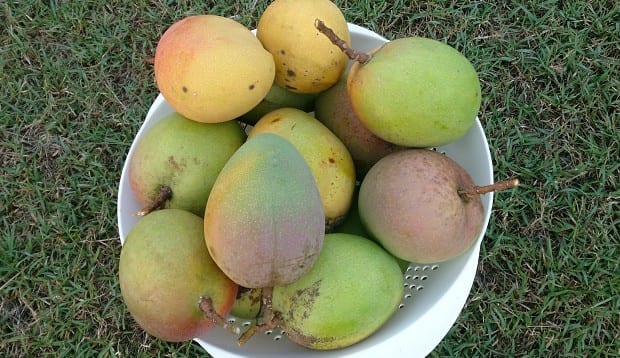At this link there are many and various means of participating (with rules)
https://discover.pbcgov.org/pzb/zoning/Hearings-Meetings-ZC/Webex_Zoning%20Commission_Join_Meeting_Instructions_07-01-21.pdf
This BLOG serves the condo residents of our Village , WPB, FL. We attempt to provide accurate information but such information does not in any way constitute legal or professional advice. This Web Site is not censored, except in the case of extreme and offensive posts. As such, the posts are representative of the poster's opinion only. This BLOG cannot be held liable for actions arising from its use or for the contents of any externally linked pages.
At this link there are many and various means of participating (with rules)
https://discover.pbcgov.org/pzb/zoning/Hearings-Meetings-ZC/Webex_Zoning%20Commission_Join_Meeting_Instructions_07-01-21.pdf
Firstly, you can eat green mangoes by turning them into green mango pickles, chutneys, and in cooking. Thinly sliced green mangoes make a wonderful Asian salad and green mangoes go well with almost anything.
However, most people are accustomed to eating mangoes which have ripened so how can we tell when a mango is ripe to eat? Easy, a mango is ripe to eat when the skin has a slight blush, the mango feels soft and not firm when lightly squeezed, and the mango is fragrant (smells nice and sweet). Just a side note, not all types of mangoes ripen with a blush as some remain green skinned (but most do go yellow or orange when ripe).

What about picking a ripe mango from the tree? Mangoes will ripen on the tree if left long enough (and nothing else gets them before you) but the best time to pick a mango is when it has developed a blush, and the pointy nose/beak right at the tip of the mango has rounded off slightly and filled out. At this stage, the mango might still be quite firm but if left on a kitchen bench it will soon ripen in a few days.
When picking a mango off the tree it's best to cut it leaving about an inch or so of stem still attached to the fruit this will curb the sap bleed and help to direct the sap away from running onto the mango. Mango sap on the skin of the fruit can spoil it and turn the skin black. Try to store the mango so the sap runs out from the stem away from the fruit.